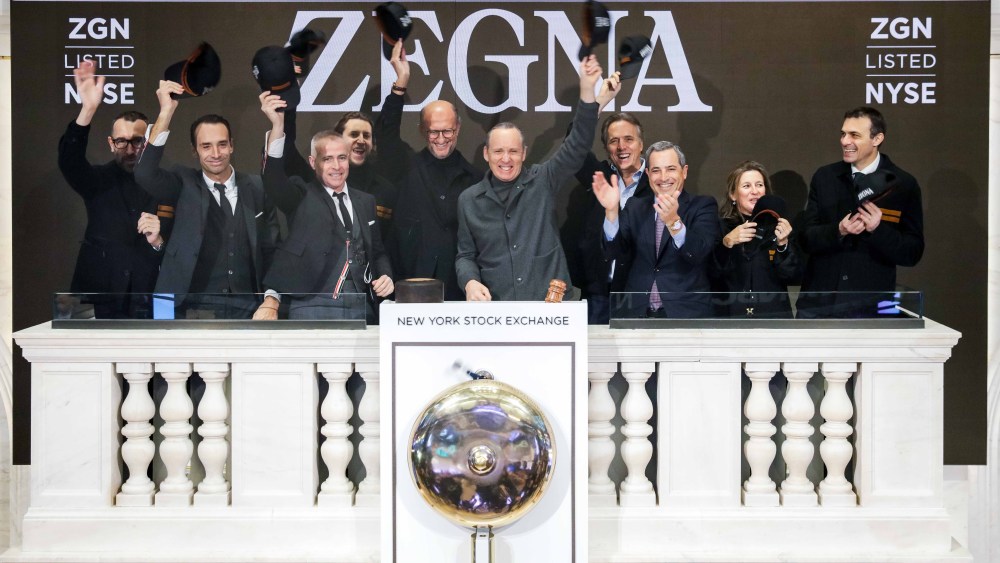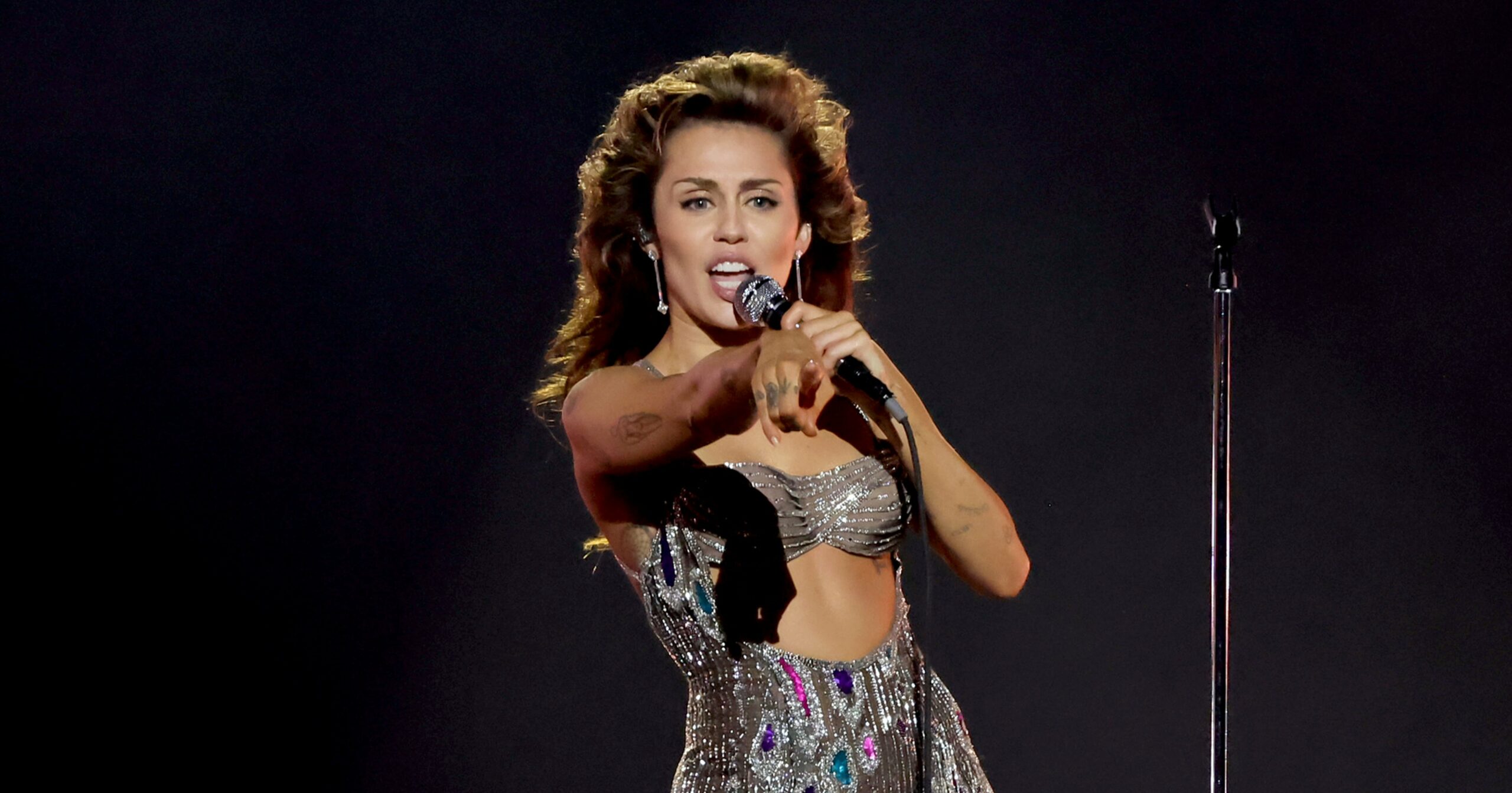DUBAI — The Gulf region saw 6 percent growth in luxury sales to $12.8 billion last year, in sharp contrast to global markets, which saw a 2 percent decline.
New market data released by Chalhoub Group reveals the region’s luxury ecosystem is one of the strongest globally, powered by the beauty segment’s explosive growth, sustained tourist spending, and aggressive retail expansion that defied the headwinds hammering luxury markets from New York to Shanghai.
“The Gulf region’s outperformance is not just a short-term rebound but the result of several structural tailwinds that we believe are sustainable,” said Michael Chalhoub, who took over as the company’s chief executive officer in January. He sat down with WWD to detail the findings of its report “GCC Personal Luxury 2024: Unstoppable” and break down the sharp eight-point performance gap between the region and the rest of the world.
Beauty Boom Drives Category Growth
You May Also Like
Within the region’s luxury landscape, beauty emerged as the standout performer with 12 percent growth, led specifically by skin care’s 17 percent surge. Asian beauty brands in the region grew 26 percent annually from 2022 to 2024 — far outpacing Western markets, which rose 15 percent, according to the report. These numbers drive business strategy.
“As part of our Vision 2033 we’re aiming at accelerating skin care growth in the region, particularly through high-potential segments like wellness and Asian beauty,” Chalhoub explained.
The company is doubling down on localized social and influencer marketing, noting that over 90 percent of Gen Z consumers in the Gulf region use Instagram, YouTube, or TikTok in their skin care journey. “We are working closely with global partners to tailor brand strategies to local market dynamics and to co-develop go-to-market approaches that ensure price consistency and an optimized channel mix across our 6,000-plus point of sale network.”

Saudi Arabia: The Strategic Priority
While beauty drives the growth narrative, luxury fashion brands — Louis Vuitton, Dior, Hermès, Chanel, and Loro Piana — represent over half of the fashion market in the Gulf states.
Perhaps nowhere are Chalhoub’s strategic ambitions more evident than in Saudi Arabia, which currently represents only 18 percent of the regional luxury market but saw double-digit growth in 2024.
“Saudi Arabia represents one of the most exciting frontiers for luxury globally, driven by a young, digitally engaged population, deep national pride, and a rapidly evolving cultural and retail landscape,” Chalhoub said. “It is a market where authenticity matters. With most of the population made up of Saudi nationals, we focus on co-creating culturally resonant experiences and championing local creativity.”
Chalhoub’s incubator Fashion Lab supported 10 homegrown Saudi brands in 2024 through partnership with the Saudi Fashion Commission’s 100 Brands initiative. The company has scaled its Saudi workforce to nearly 5,000 team members, 70 percent of whom are women.
Retail real estate has also matured with the opening of flagship projects like Solitaire Mall, exemplifying a shift toward immersive, experience-led retail ecosystems. “We are starting to see the results of our investments in Saudi Arabia over the past few years, with this exciting double-digit growth, but there is room for more,” he said.
Digital Transformation and Reinvention Strategy
While the Gulf region’s e-commerce penetration lags global averages at 13 percent versus 20 percent, it’s growing rapidly at 13 percent annually and represents Chalhoub’s primary growth vector.
“To support rapid growth and omnichannel expectations, we are investing heavily in infrastructure and innovation,” said Chalhoub. A new logistics hub will significantly enhance last-mile delivery capabilities.
The company is also implementing AI and automation while maintaining “white glove services,” doubling down on their micro-fulfillment center strategy to bring two-hour delivery to Dubai and Riyadh.
Chalhoub’s technology commitment extends to rolling out more artificial intelligence initiatives. “We’ve hired a head of AI and put in place an AI strategy with nine specific areas where we want to use AI for the group. We’re launching a proprietary Gen AI tool to support customer service,” he revealed.
Tourism Dynamics Drive Growth
The regional luxury market’s resilience partly stems from evolving tourism patterns. Russian tourists remain the top luxury spenders in the UAE as economic sanctions have restricted their European travel options, while regional consumers have dramatically shifted their spending patterns since COVID-19.
“Regional tourism is also a big part of the UAE luxury sector,” added Chalhoub.
Before the pandemic, nearly 66 percent of Gulf nationals shopped for luxury fashion abroad, mostly in Europe. Now, two-thirds prefer regional shopping due to improved pricing and luxury experiences.
“To meet those needs of luxury globetrotters, we are building elevated end-to-end customer journeys both offline and online,” explained Chalhoub, pointing to initiatives like the Elite Styling Lounge in Dubai Mall, which offers curated private shopping experiences.
The company works closely with brand partners to merchandise collections based on location, with Dubai Mall — which welcomed 111 million visitors in 2024 — receiving different assortments than other locations to cater to tourists versus local consumers.
Looking Ahead to 2027
With the Gulf region’s personal luxury market projected to reach $15 billion by 2027, Chalhoub Group’s roadmap includes continued retail expansion with eight new luxury malls planned in Saudi Arabia and the UAE, new category development in wellness and Asian beauty, and accelerated e-commerce growth.
The challenge lies in maintaining regional dominance and successfully expanding.
“We have continued to strengthen our regional leadership through new joint ventures, store openings and driving growth through e-commerce,” Chalhoub said. “We need to disrupt ourselves before we get disrupted. We constantly try to reinvent ourselves, to reinvent our customer journey, to reinvent our staff needs and skill sets.”
Chalhoub also shared the group is planning international expansion to markets beyond the Middle East as a geographic diversification strategy. They are strengthening their Latin American presence through Saint-Honoré, where they’ve invested for nearly a decade, as well as a planned opening in the U.S.
“We view international development as a strategic diversification for our group, which is currently concentrated in the Middle East. This step is an essential move to reduce our reliance on one single region,” he explained.


